If you’re new to sewing, terms like lockstitch and straight stitch can feel a little confusing. After all, both sound like they do the same thing.
But no, there are many differences in a lockstitch vs straight stitch sewing machine. The most noticeable difference is-
Lock Vs Straight
A straight stitch machine is designed to sew only one simple line of stitches, a lockstitch machine is the actual mechanism that forms those stitches using two threads.
In short, every straight stitch machine makes a line, but not every sewing machine is limited to just lockstitch. You need to know the difference to determine which machine is best for your projects.
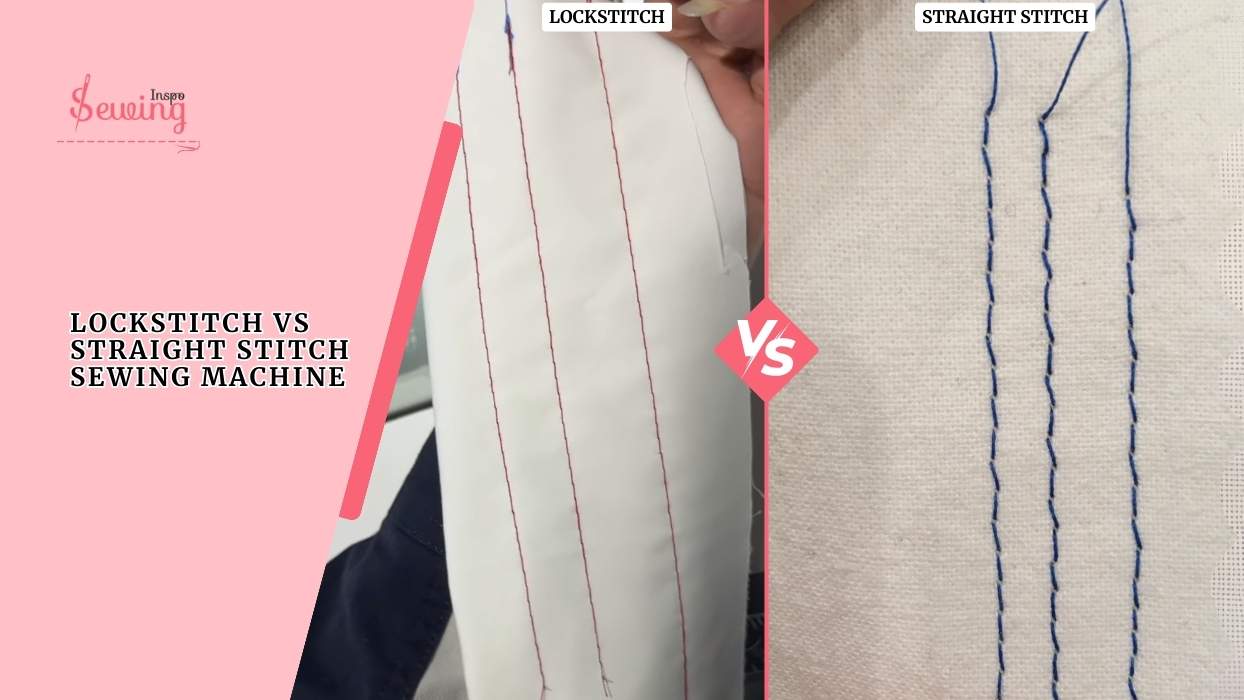
Table of Contents
What Is A Straight Stitch?
A straight stitch is the simplest and most basic type of machine stitch, where the needle moves up and down in a straight line to create evenly spaced stitches on the fabric.

It’s the foundation of most sewing projects and is commonly used for joining two pieces of fabric together, hemming, or topstitching.
Straight Stitch Sewing Machine Settings
To sew a straight stitch, switch your machine to straight stitch mode, set the stitch width to 0, and adjust the stitch length to 2.0–2.5mm for everyday sewing.
If you’re basting, go for a longer length like 4–5mm. Keep the needle in the center position unless you’re using a twin needle or purposely shifting it for a special technique.
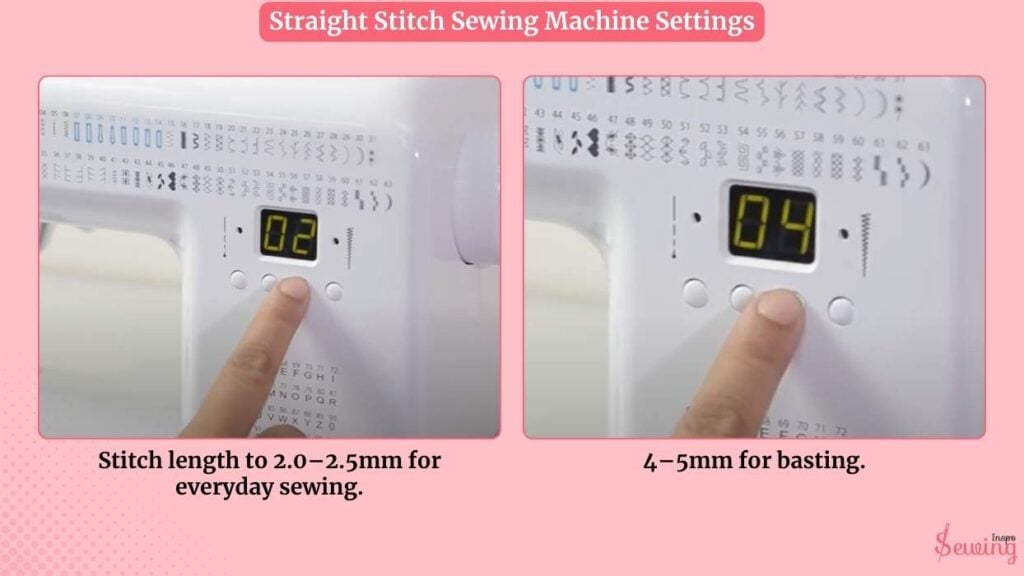
Is Lockstitch The Same As Straight Stitch?
A lockstitch and a straight stitch aren’t exactly the same, though they’re closely related. A straight stitch is a simple straight line of stitches you see on the fabric. A lockstitch actually forms that stitch, using two threads.
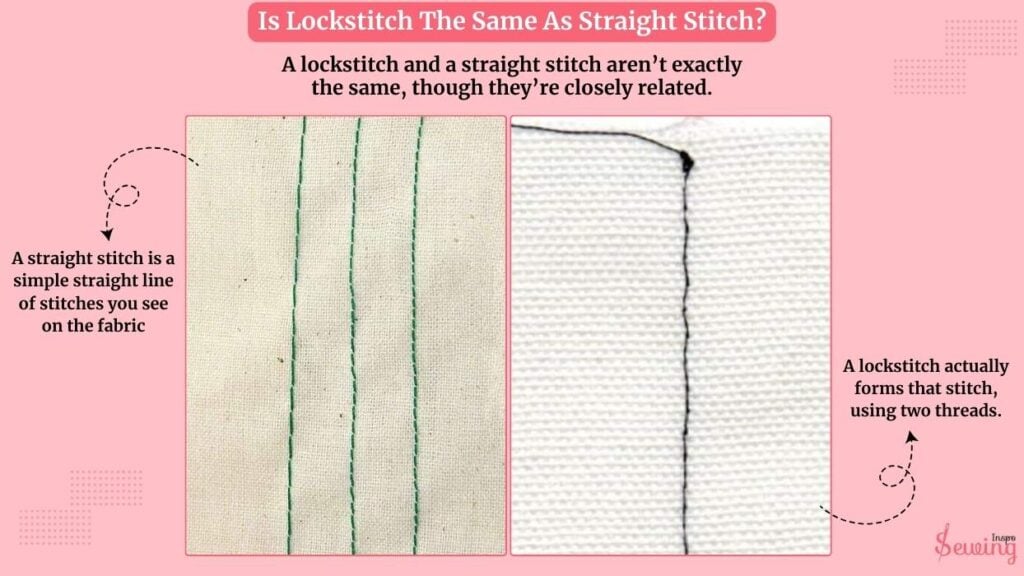
In other words, most straight stitches are made with a lockstitch machine, but while “straight stitch” describes the appearance, “lockstitch” describes the process behind it.
What Is A Lockstitch Sewing Machine Used For?
A lockstitch sewing machine is used for creating strong, durable seams in everyday sewing projects. It’s the most common type of sewing machine found in homes and factories because it makes a neat finish. You’ll typically use a lockstitch machine for:
- Sewing straight seams in clothing and home décor
- Topstitching for a polished, visible finish
- Attaching zippers, collars, and cuffs
- Quilting and patchwork
- General garment construction and tailoring

In short, it’s the perfect machine for almost all basic sewing tasks where you want a clean, sturdy, and reliable stitch.
Lockstitch Vs Straight Stitch Sewing Machine Differences At A Glance
I admit finding out what is the difference between lockstitch and straight stitch is not easy.
You can’t tell them apart at a 1st glance like Lockstitch vs chain stitch. Cause it looks the same from afar. And that’s why you need a take a closer look and then you can see the difference-

| Lockstitch Sewing Machine | Straight Stitch Sewing Machine |
| Strong, secure, and long-lasting stitch | Basic, may unravel more easily if not reinforced |
| Uses both upper and lower threads | Usually works with just the top thread (in simplest form) |
| Same stitch on top and bottom | Clean line on top, but underside may look different |
| Ideal for garment construction, upholstery, leatherwork, and heavy-duty sewing | Best for lightweight fabrics, seams, and simple sewing tasks |
| Can handle multiple stitch lengths and heavy fabrics | More limited, focused only on straight stitching |
| Professional and neat on both sides | Can look less polished underneath |
So you can tell the difference is quite visible not like mending machine vs sewing machine.
What Are The Disadvantages Of Lockstitch?
Lockstitch is reliable and widely used, but it does come with some drawbacks. Here are the main disadvantages:
- Limited stretch
- Time-consuming setup
- Not ideal for finishing raw edges
- Slower for mass production
- Tension sensitivity
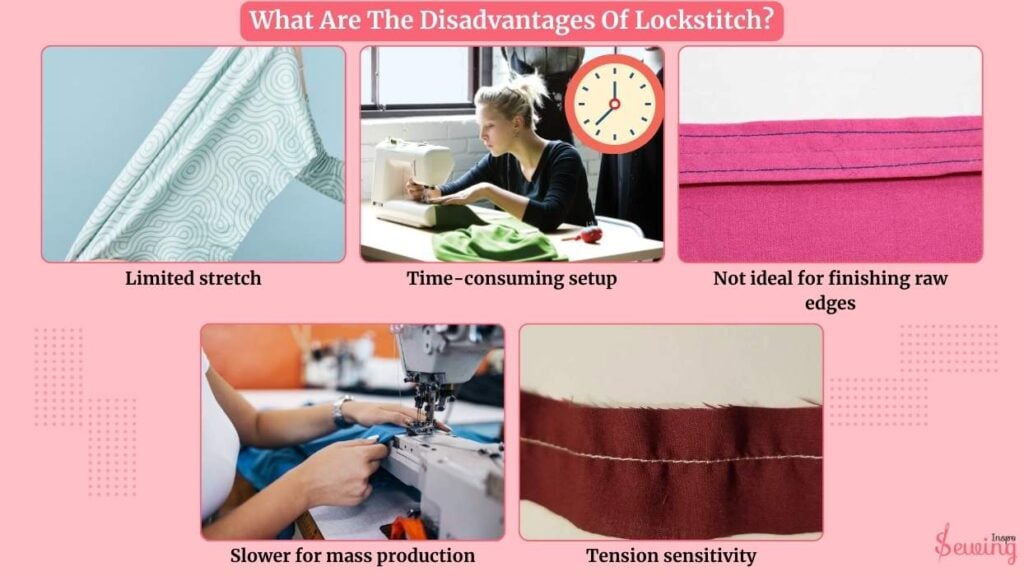
If you are choosing it then wait a min and consider those things.
Lockstitch Vs Straight Stitch Sewing Machine, Which Is Stronger?
A lockstitch sewing machine is stronger than a straight stitch machine.
Why? Well beacuse,
Lockstitch uses two threads, one from the needle and one from the bobbin, that interlock in the fabric. This creates a secure, durable seam that doesn’t unravel easily.
On the other hand, a straight stitch machine typically uses a single thread that loops through the fabric. It can be strong enough for light to medium sewing, but not as durable as a lockstitch.
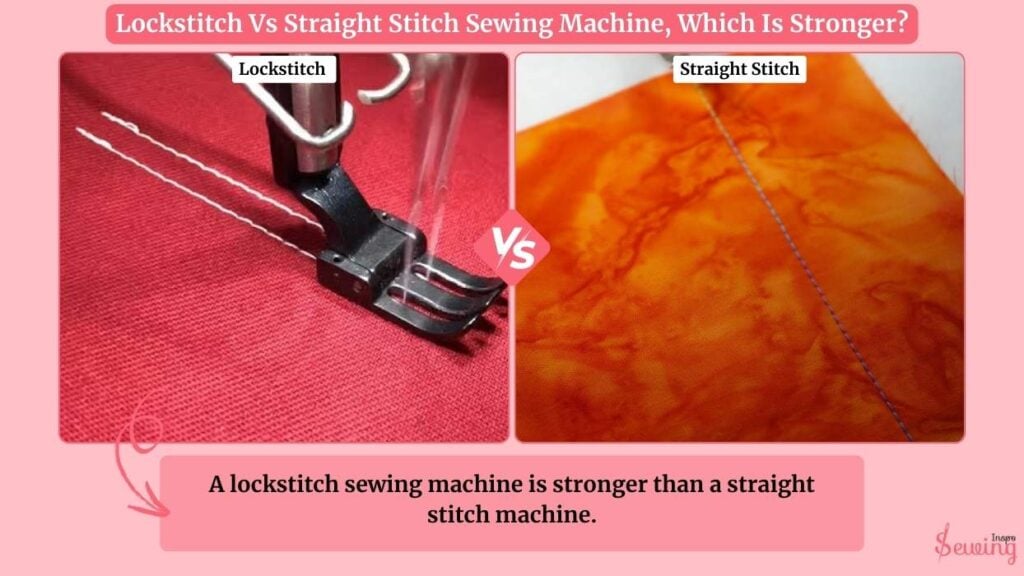
So, if you’re working on heavy fabrics, upholstery, or anything that needs extra holding power, a lockstitch machine wins the game. But for basic stitching, a straight stitch machine does the job just fine.
FAQ
Is lockstitch the same as a straight stitch?
Not exactly. A lockstitch uses two threads (needle and bobbin) that interlock in the fabric, creating a stronger and more durable seam. In contrast, a straight stitch generally refers to a single straight line of stitches, which a lockstitch machine or other machines can make.
What is another name for a straight stitch?
A straight stitch is also commonly called a running stitch, especially in hand sewing, because it creates a simple, straight line of stitches.
Now Choose Yours
Now that you know the difference between lockstitch vs straight stitch sewing machine.
It’s time for you to choose the best one for your project.
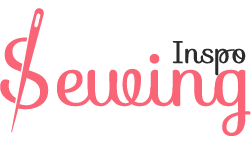
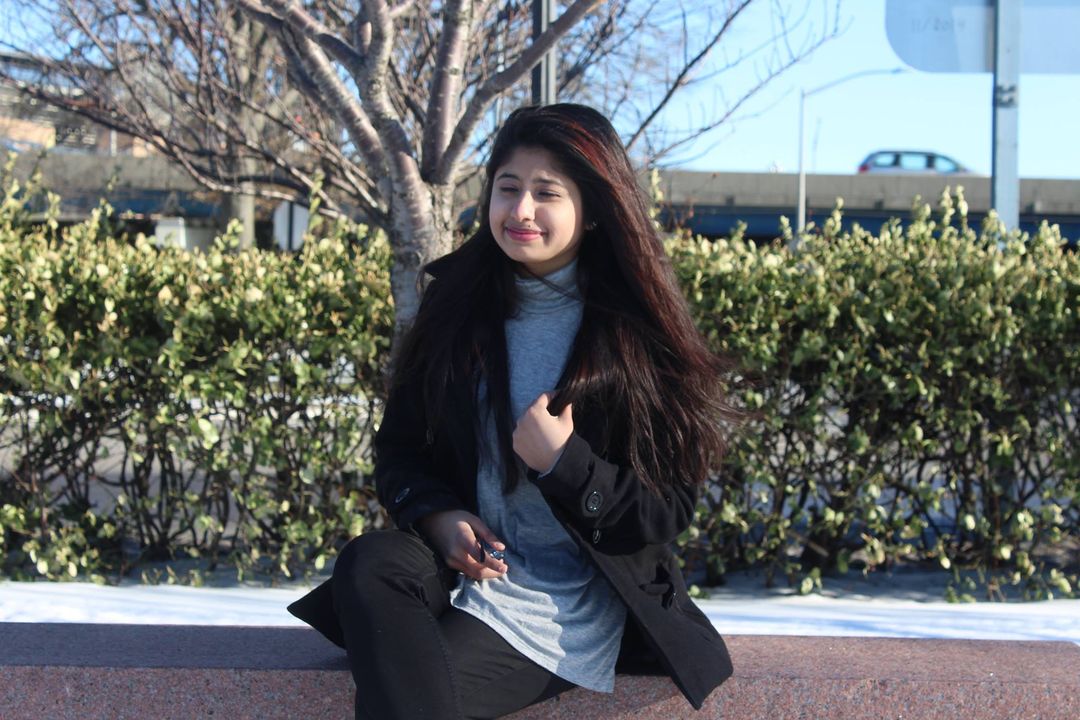
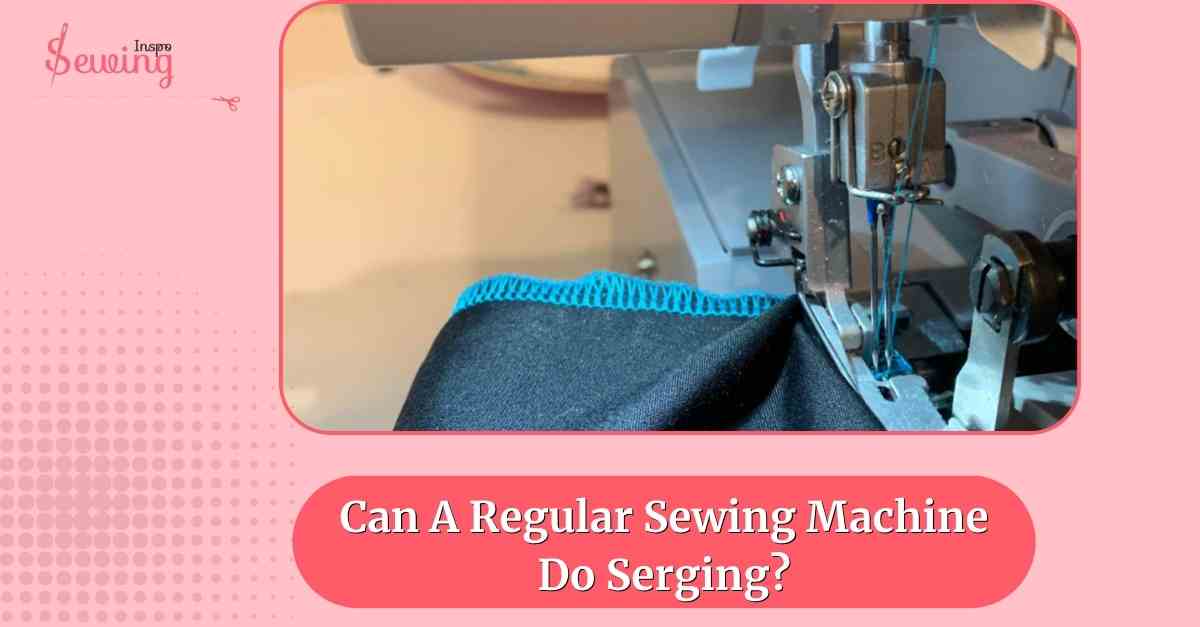

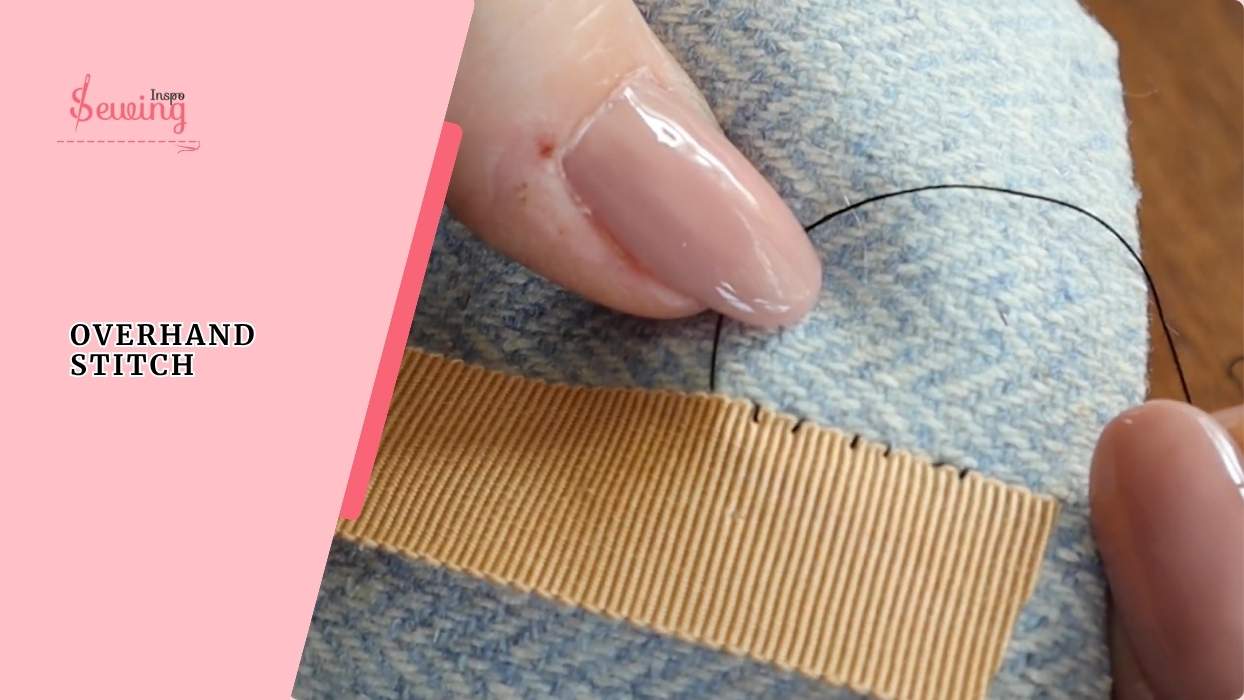
Leave a Reply